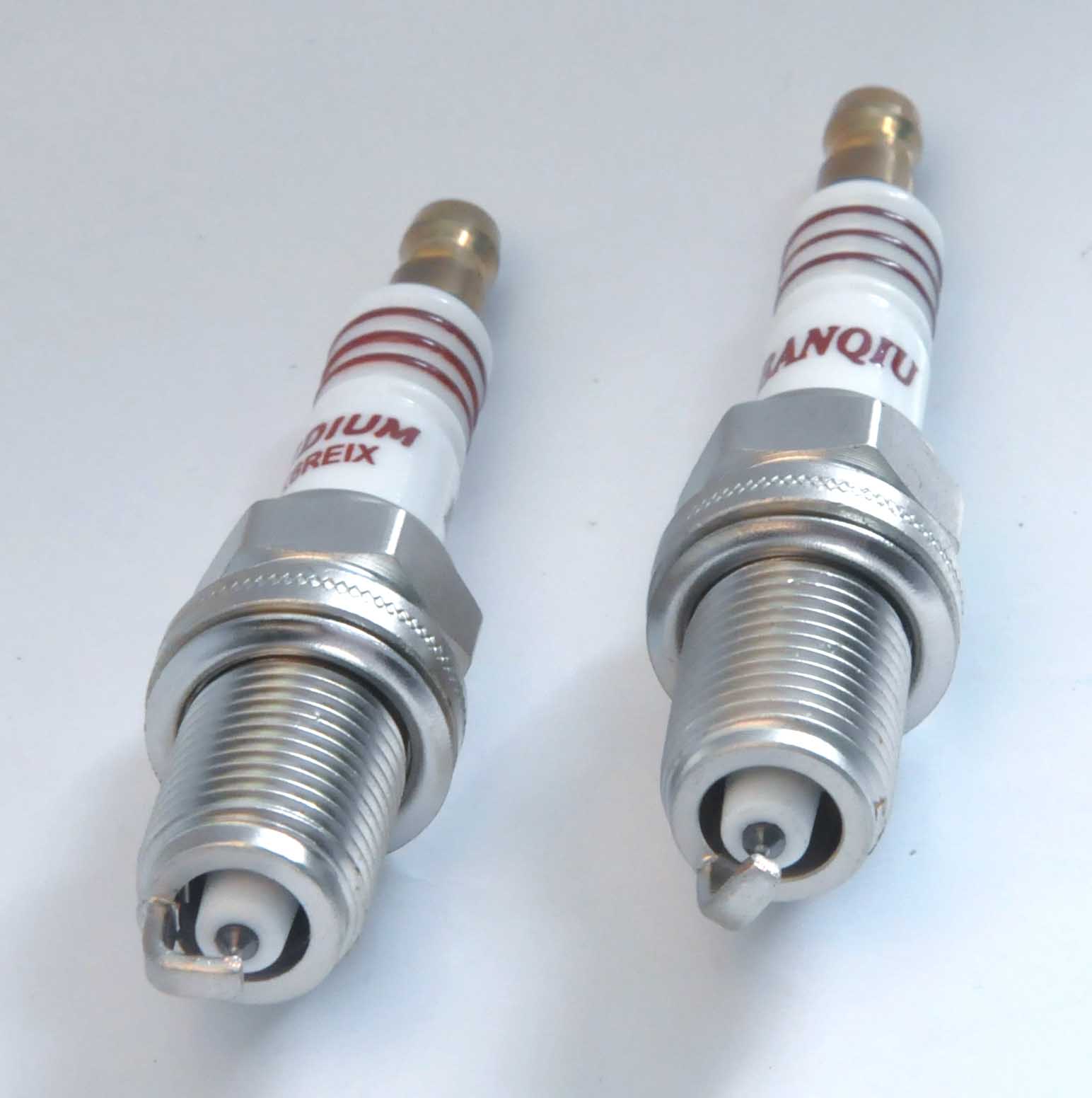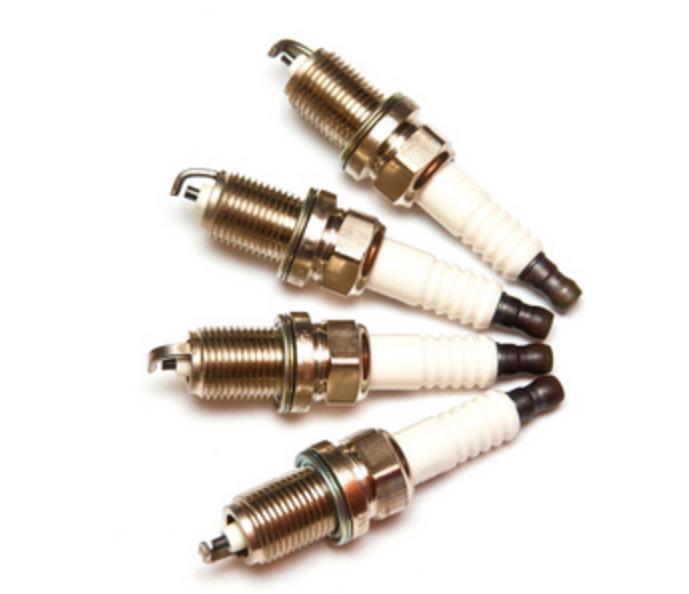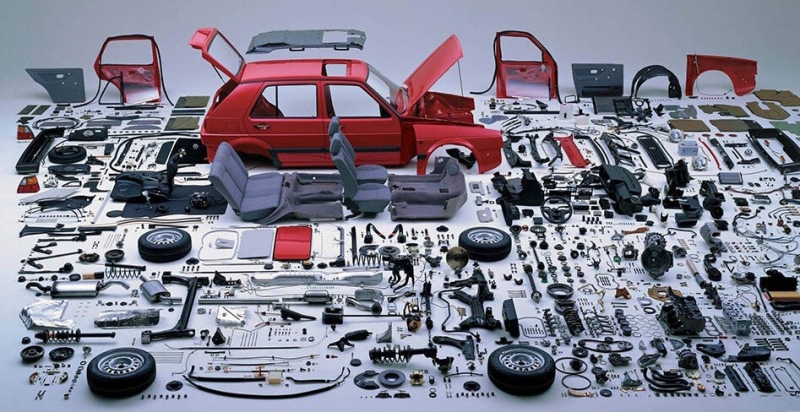What Kind of Spark Plugs Do I Need?
1. COPPER SPARK PLUGS
Copper plugs have been around for over a century and have a solid copper core with a nickel alloy electrode. Nickel is softer than platinum or iridium, and thus has a much shorter life. These plugs are usually best for older, low-voltage systems. Because of copper’s high conductivity, some high performance vehicles require them.
2. PLATINUM SPARK PLUGS
Platinum plugs became popular in the late-80’s, when ignition systems began to migrate from distributor-based systems, to coil pack or DIS (wasted spark) systems, which demanded a plug that could withstand the higher-energy, more demanding system. The harder, platinum material lasted longer, as manufacturers made a push to develop spark plugs and antifreeze that lasted upwards of 80-100K miles. Platinum plugs use a platinum disc that is welded to the end of the center electrode, which allows the plug to last longer than a copper plug, retaining its edge better, which means better conductivity. Platinum spark plugs tend to run hotter, preventing fouling and buildup of deposits. It’s important to note that DIS “wasted spark” coil systems operate best on Double Platinum Plugs. Learn more about these related issues in our ignition systems article.
Spark Plug
3. DOUBLE PLATINUM SPARK PLUGS
In the early 1990’s, DIS “wasted spark” ignition systems were created, which essentially means that one coil pack controls the firing of two spark plugs in the system. In doing this, both spark plugs that attach to that single coil pack spark at the exact same time – the difference is that one is firing on the compression stroke, and one is firing on the exhaust stroke of the sister-cylinder, which is referred to as a “wasted spark”. To make this even more complicated, one spark plug attached to each coil is positive polarity, while one is reverse polarity. This means that the spark on one plug travels from the center electrode to the side electrode.
On the other plug, the spark travels from the side electrode to the center electrode. What this means is that instead of the center electrode wearing as it does in traditional ignition systems, now, the side electrode wears on the plug that is reversed-polarity! This created the need for a double-platinum plug that has a platinum disc on both the center electrode, and the side electrode. This created a plug that is very durable in DIS systems, lasting upwards of 80-100K miles. You don’t want to install single platinum plugs if your owner’s manual recommends a double platinum spark plug. Granted, the plug will work, but will wear prematurely and not perform as well.

Spark Plug
4. IRIDIUM SPARK PLUGS
Harder than platinum, Iridium plugs came on the market in the mid-2000’s as coil-on-plug systems began to get more popular. Iridium plugs usually feature the smallest diameter center, which can increase efficiency by reducing voltage needed to create a spark. Iridium is also famous for continuing to fire under extreme conditions. If your manual specifies iridium spark plugs, best practice is to absorb the extra cost associated with this rarer metal for best performance.
5. DOUBLE IRIDIUM SPARK PLUGS
Like double platinum spark plugs, double Iridium spark plugs feature two discs of rare metal for increased performance and durability. Double Iridium Spark Plugs are designed to deliver the firepower necessary under any driving conditions, especially extreme heat or continual high-speeds, and can provide up to 4 times the normal life of service compared to a standard copper spark plug.




 Send Email
Send Email 15019251525
15019251525